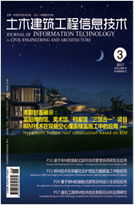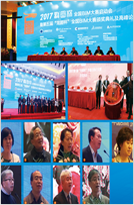栏目
2022, 14(3): 1-8.
DOI: 10.16670/j.cnki.cn11-5823/tu.2022.03.01
2022, 14(3): 9-15.
DOI: 10.16670/j.cnki.cn11-5823/tu.2022.03.02
2022, 14(3): 16-25.
DOI: 10.16670/j.cnki.cn11-5823/tu.2022.03.03
2022, 14(3): 26-33.
DOI: 10.16670/j.cnki.cn11-5823/tu.2022.03.04
2022, 14(3): 34-43.
DOI: 10.16670/j.cnki.cn11-5823/tu.2022.03.05
2022, 14(3): 44-49.
DOI: 10.16670/j.cnki.cn11-5823/tu.2022.03.06
2022, 14(3): 50-56.
DOI: 10.16670/j.cnki.cn11-5823/tu.2022.03.07
2022, 14(3): 57-61.
DOI: 10.16670/j.cnki.cn11-5823/tu.2022.03.08
2022, 14(3): 68-79.
DOI: 10.16670/j.cnki.cn11-5823/tu.2022.03.10
2022, 14(3): 80-88.
DOI: 10.16670/j.cnki.cn11-5823/tu.2022.03.11
2022, 14(3): 89-96.
DOI: 10.16670/j.cnki.cn11-5823/tu.2022.03.12
2022, 14(3): 97-103.
DOI: 10.16670/j.cnki.cn11-5823/tu.2022.03.13
2022, 14(3): 104-109.
DOI: 10.16670/j.cnki.cn11-5823/tu.2022.03.14
2022, 14(3): 110-115.
DOI: 10.16670/j.cnki.cn11-5823/tu.2022.03.15
2022, 14(3): 116-119.
DOI: 10.16670/j.cnki.cn11-5823/tu.2022.03.16
2022, 14(3): 131-142.
DOI: 10.16670/j.cnki.cn11-5823/tu.2022.03.19









